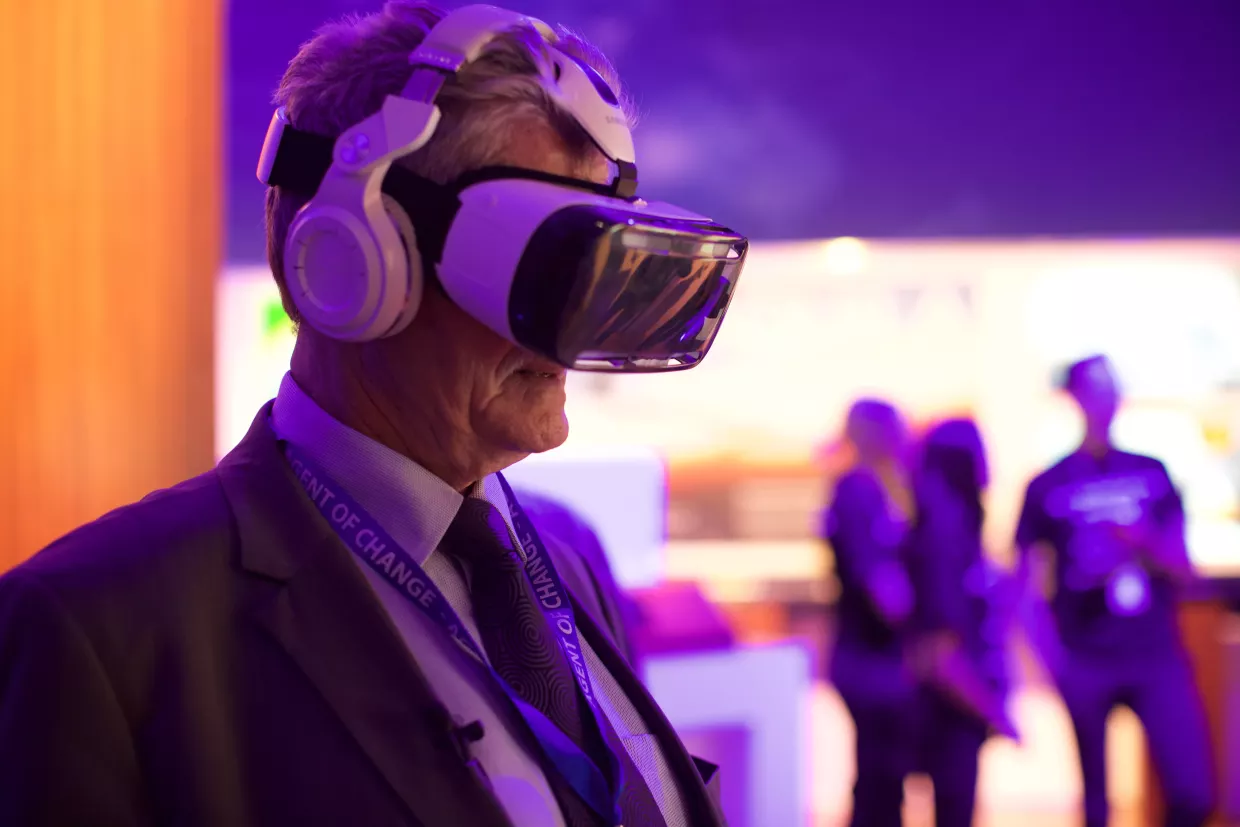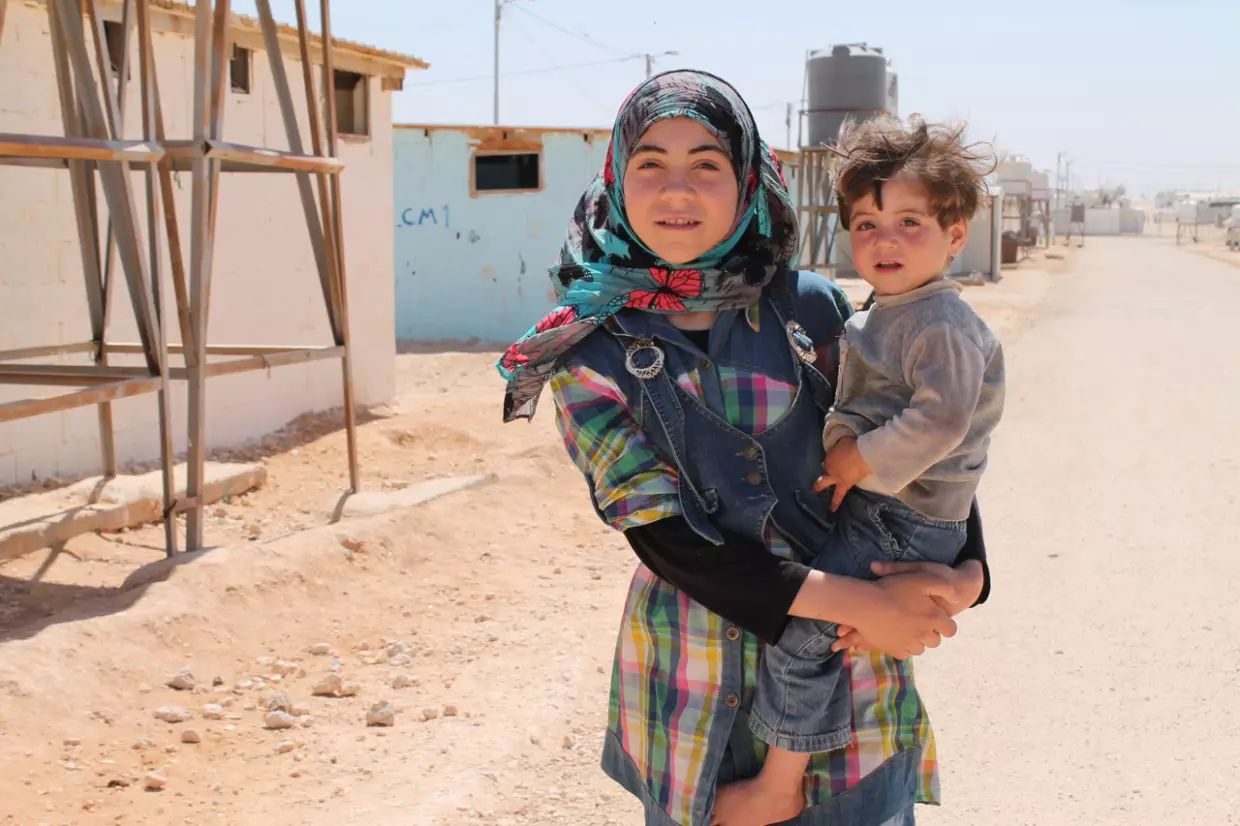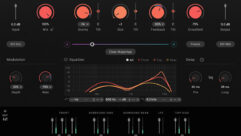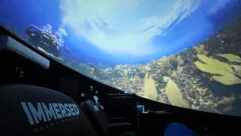
As the media, entertainment and gaming industries prepare for the predicted explosion in adoption of virtual reality, Gabo Arora, the United Nations’ senior advisor and creative director, is exploring uses of the emerging medium for social good. He has created a number of VR films for the United Nations addressing specific issues and has forged relationships with the private sector to help fund and distribute many more.
VR documentaries such as Clouds Over Sidra, set in a Jordanian refugee camp, Ground Beneath Her, which shows the human toll in the aftermath of the 2015 earthquake in Nepal, and the Ebola-themed Waves of Grace immerse viewers in underserved communities throughout the world, offering a sense of presence in locations that are often overlooked in news reporting.

In its role as an “intergovernmental organization to promote international cooperation,” the United Nations necessarily cannot address the needs of these communities with an emotional appeal to world citizens. U.N. communiques are often dry and devoid of emotional impact.
“The U.N. uses reports or op-eds. Words!” Arora sighs, recalling the challenges confronting him has he started his U.N. job. “I had a theoretical idea from reading about VR that it would give people a feeling of presence. I thought, that’s exactly what we try to do here.”
Arora recalls seeing Chris Milk’s VR music video Hello, Again as the moment when his theory about the use of virtual reality at the United Nations began to give way to an actual strategy. Created for Lincoln in 2013, Hello, Again is an interactive virtual reality concert experience featuring Beck singing David Bowie’s “Sound and Vision.”
Arora says, “When I had that experience, it was obvious to me that this was going to the be the future. I didn’t know what I would do with it or how I wanted to work with leading technologists and thinkers to create these kinds of experiences. That was a gamble. But I knew [VR content] had to be part of the equation.”

With Milk and other collaborators, Arora went into the field to make VR films, trying new technologies as they became available. “Everything is an experiment,” he says of his work. “We try to do a progression of what we did before. It’s still such early days for this kind of filmmaking, and I think we can all learn from each other. That’s what’s so exciting about being a part of it.”
While traditional filmmaking techniques have had more than a century to develop, VR filmmakers are still defining the creative language of this emerging medium.
“We started with very static shots and relied heavily on voiceover to take the viewer through the story,” Arora recalls of Clouds Over Sidra, which was released in 2015. “We started experimenting with extreme close-ups and using nonverbal cues to take you in a different direction. Then we started doing more with motion—we’re some of the first people to use a Cablecam rig in VR. It all sounds elemental, but these things are not easy to do. And unlike film or television, where if it doesn’t work, it just doesn’t work, in VR if doesn’t work, someone could throw up! We take all these experiments very seriously.”

But when it works, it seems to be uniquely effective. “When we showed Cloudsat Davos [World Economic Forum] in 2016 as part of fundraising efforts, it increased donations. I know it’s anecdotal evidence, but we almost doubled donations from similar events that didn’t have VR,” Arora notes. “I believe that the VR experience brought people closer to the subjects of the film than any traditional film or presentation could have.”
I asked if he thought he could oversee the creation of these projects from an office and leave the actual production to others. He didn’t think so. “I worked on all of these as a director and producer,” he says of the UNVR films. “We have excellent creative producers and teams of talented and technically astute people, but I think it’s important for me to be there. I get a particular perspective when I’m there. I work with the subjects to make sure their stories are properly represented. I know the feeling and intention I had there once I’m back during the editing and postproduction. It’s an integrity thing.”
Is the novelty of the VR experience still a significant contributor to UNVR’s success? Not surprisingly, Arora thinks not. “Virtual reality has been around since the 1990s for military and training purposes,” he observes. “Many people have studied in systematic ways what the experience does on a neurobiological level that’s unlike other mediums.”

That said, he reports meeting skeptics even today who want to dismiss VR as a novelty or a technology appropriate only to gaming, which is why he generally carries a headset wherever he goes. “I have meetings all the time,” he says, “and it’s always obvious who’s experienced VR and who hasn’t. The giveaway is this extreme amount of skepticism. If you haven’t had the experience, you think, ‘What’s the big deal?’ But when people try it themselves, they’re almost always convinced.”
Arora is concerned that virtual reality could take hold only as an entertainment medium, leaving the social good aspect behind. This is the reason he played a key role in the development of Oculus’s VR for Good project, which matches ten rising filmmakers with ten nonprofits to tell their stories through VR.
“I get evangelical about it,” Aurora says. “I’m worried Hollywood can come on strong and in some ways the work we’re trying to do at the U.N. could be forgotten. That’s why it’s so important getting people involved with technology and having it be much more than just gaming and entertainment. We need to show the potential of what VR can do to make us better people.”










